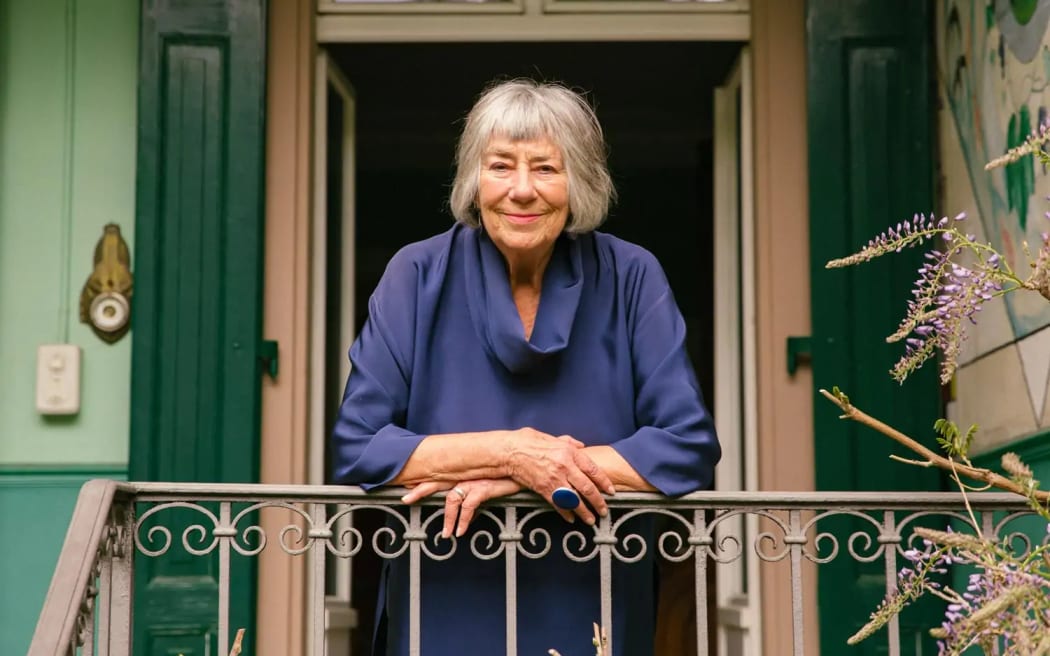One of the best things we can do for our sleep cycle – and therefore mental health – is head outside for 30 minutes of daily daylight, says world-leading neurobiology researcher Anna Wirz-Justice.
"'Go out for half an hour in the morning no matter what weather," she tells Kathryn Ryan.

Photo:
Wirz-Justice is an expert on circadian rhythms who grew up in New Zealand and now lives in Basel, Switzerland.
Last year she received the Daylight Award for her work on light therapy as a treatment for seasonal affective disorder (SAD)and other sleep-related pyschological disorders.
Back in the 1980s, when Wirz-Justice began researching light therapy as a treatment for SAD, it wasn't taken seriously in psychiatry, she says.
Thanks partly to her research, it has now been established as the "treatment of choice" for SAD, rather than antidepressants.
Wirz-Justice has also discovered light therapy can be beneficial – yet not as beneficial – for people with non-seasonal depression, bipolar disorder, and pregnancy-related depression.
It has also been shown to slow cognitive decline and improve mood and sleep in people with Alzheimer's disease and dementia.
For decades, people saw light therapy as a "really alternative medicine without any scientific justification," Wirz-Justice says.
Although many patients still think "alternative" is the right way to describe the healing power of light – because it's natural and not a drug – Wirz-Justice says that there's now too much scientific evidence for this label to be appropriate.
"We just have to keep working on finding a way that the psychiatric establishment can consider light therapy as part of the therapeutic armamentarium, particularly in depression."
Not only is healthy sleep crucial for recovering from any illness, Wirz-Justice says, a lack of healthy sleep can exacerbate the symptoms of psychiatric illnesses.
With a better understanding of the importance of getting enough daylight and understanding our own circadian rhythms, we can each time our sleep so it's of good quality, Wirz-Justice says.
Increased flexibility of working hours was one upside of the Covid-19 pandemic as it gave people the ability to create a lifestyle better suited to their individual chronotype, she says.
"As a night owl, I do not like getting up to go to [work] every morning at 8 o'clock whereas a [morning lark] would find that absolutely unproblematic."
Anna Wirz-Justice's sleep tips:
- Aim to be in more light during the day and more darkness at night.
- Don't go near electronic devices within an hour of bedtime.
"The blueish screens we play and work with in the evenings are going to delay our circadian clock and shift our sleep to later … Particularly kids are inordinately sensitive to these blue wavelengths, even at very low intensity."
- If your child has a night light make it orange, not blue.
- And if you're not always blessed with an "eight-hour lot", don't panic.
Five hundred years ago, it was normal for people to have a "first" and a "second" sleep during winter, Wirz-Justice says, and many non-human animals are polyphasic – get their sleep in bursts rather than a long stretch.
'We have this image that good sleep should be consolidated. I say just don't worry about it. Natural sleep, particularly in winter, is bimodal. It has 'first sleep' then a hole in the middle. Just lie there or go to the fridge… don't worry about it."
Anna Wirz-Justice collaborated with fellow Switzerland-based New Zealander Sarah Kenderdine - director of the Lausanne scient and art laboratory EPFL Pavilion - on the current exhibition Lighten Up! On Biology and Time.

